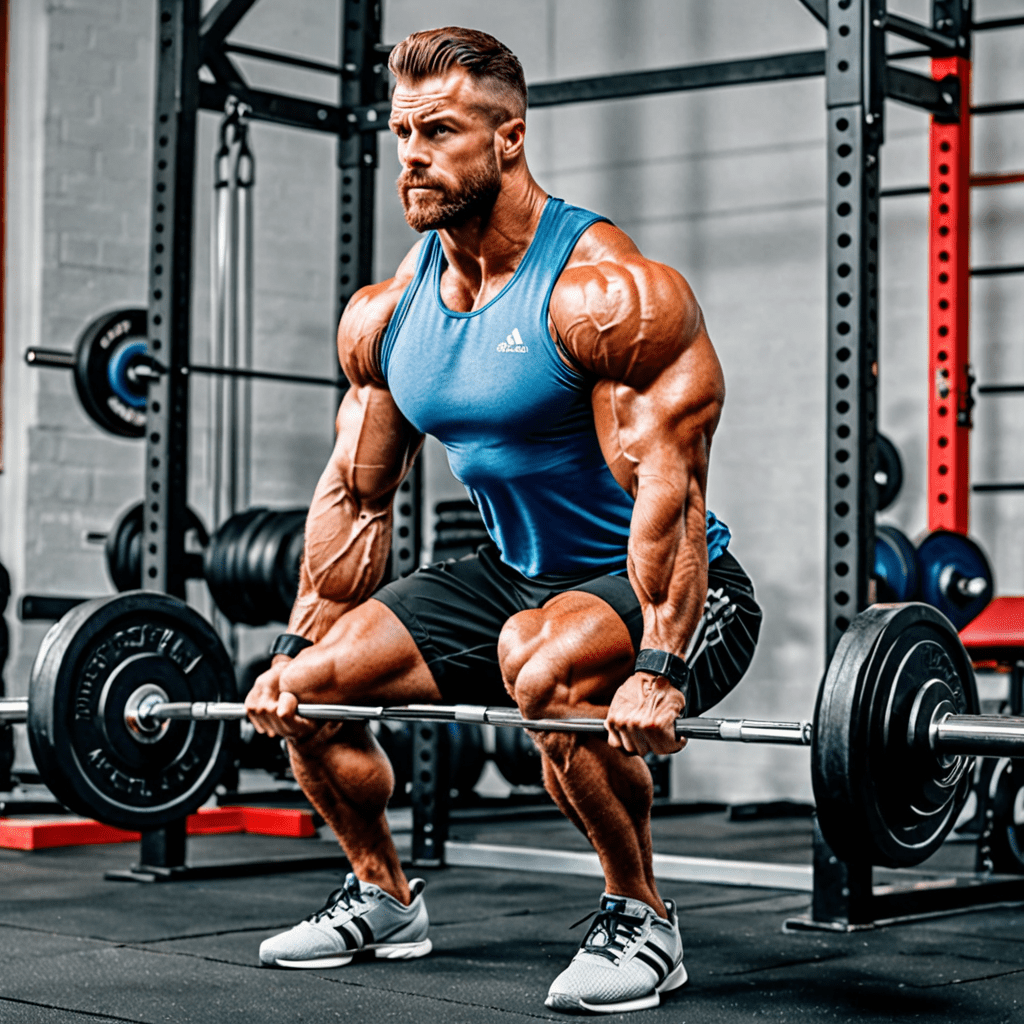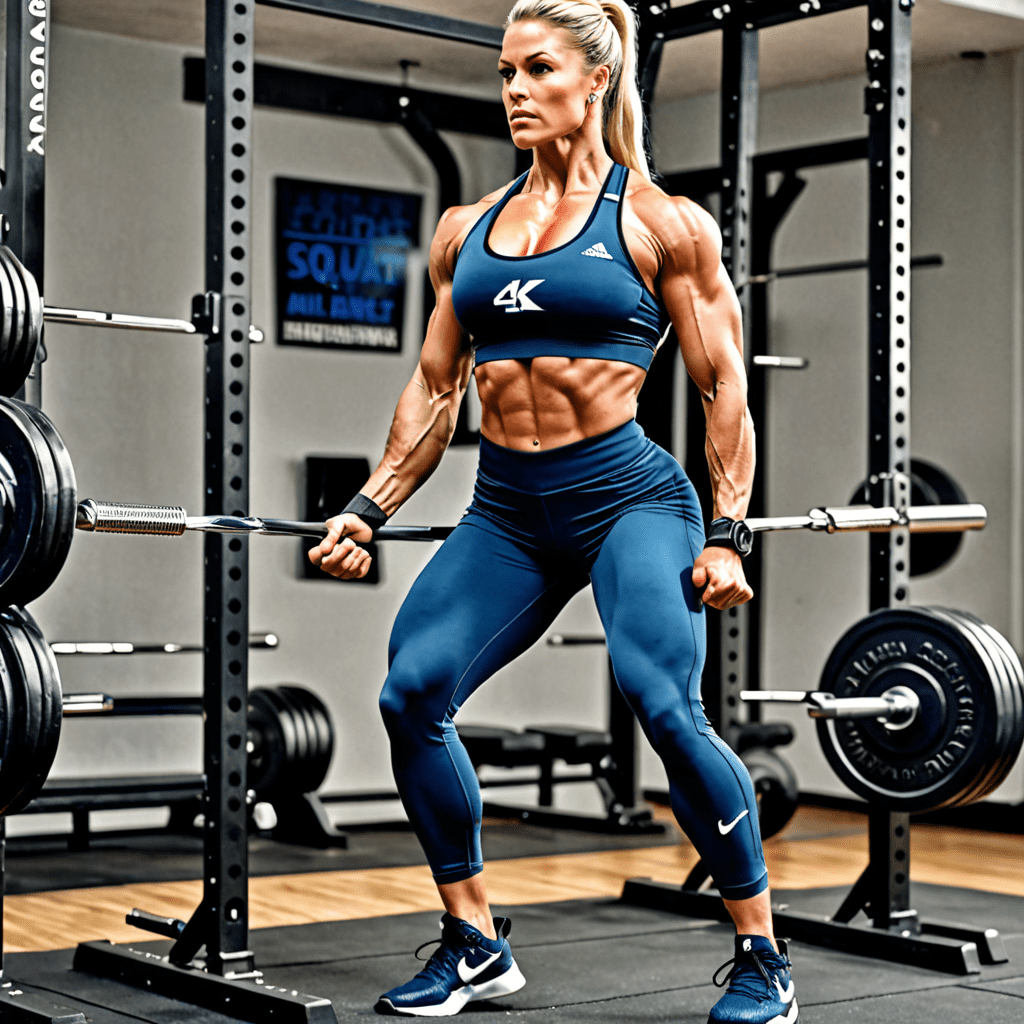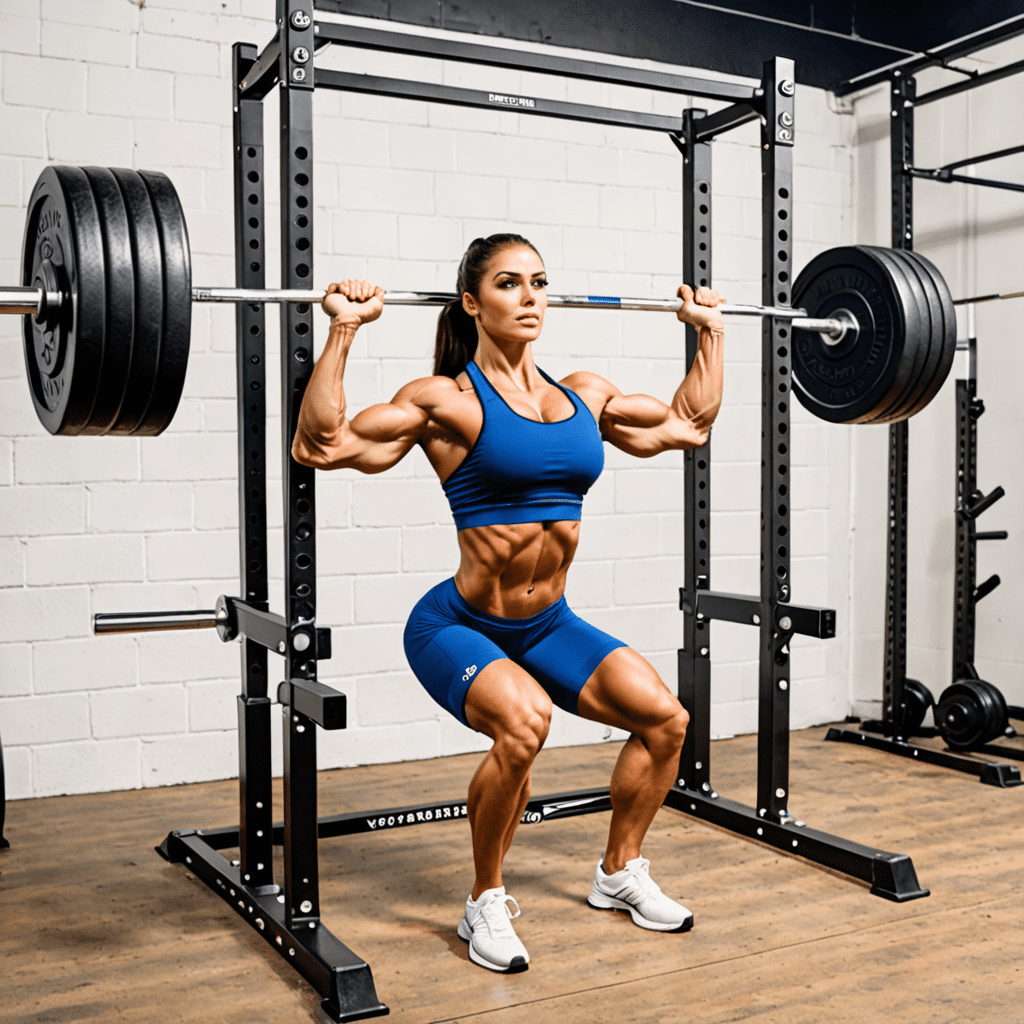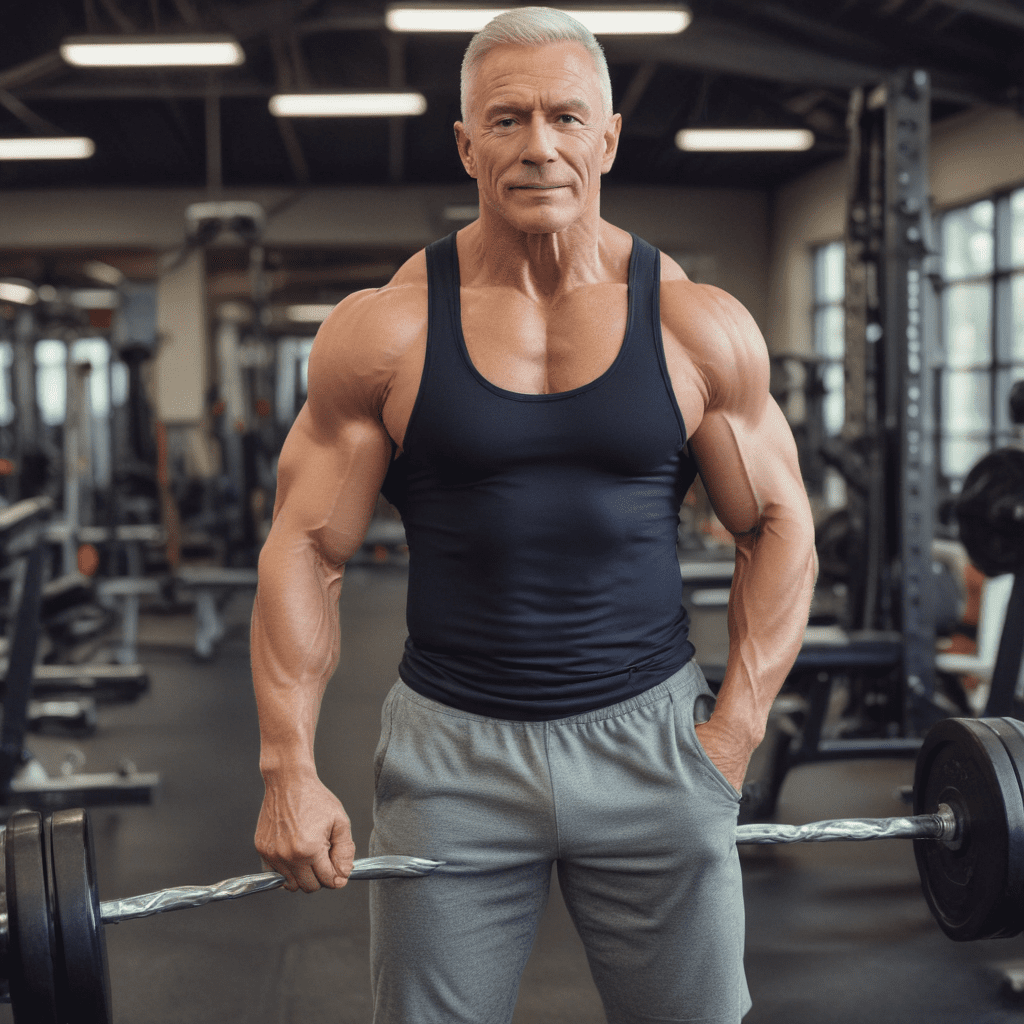
Unveiling the Mystery: Surpassing the Deadlift with Your Squat Strength
Are you puzzled by the fact that you can squat more weight than you can deadlift? Let’s delve into the reasons behind this phenomenon and explore how you can use this insight to further enhance your strength and performance.
Understanding the Squat vs. Deadlift Dynamic
While it’s not uncommon for some individuals to find themselves in a situation where they can squat more weight than they can deadlift, it’s crucial to first understand the biomechanics and muscle groups involved in these two fundamental exercises. Both the squat and deadlift are compound movements that engage multiple muscle groups, including the lower body, core, and back. Despite the similarities, they differ in terms of body positioning and the distribution of load.
Biomechanics at Play
When you perform a squat, the load is typically positioned on your shoulders, and you move through a range of motion that heavily involves your quadriceps, glutes, and hamstrings. In contrast, during a deadlift, the load is positioned in front of your body, and you hinge at the hips to lift the weight using your posterior chain, including the glutes, hamstrings, and lower back muscles.
Potential Factors Contributing to the Discrepancy
Several factors could contribute to the scenario where you can squat more weight than you can deadlift. These may include individual muscle strength and recruitment patterns, as well as potential mobility and technique limitations specific to each exercise. Furthermore, the relative contribution of various muscle groups and their synergistic interaction varies between the two lifts, possibly influencing your performance differently.
Optimizing Performance and Addressing the Discrepancy
Given this insight, it becomes pertinent to address the potential factors contributing to the discrepancy. This could involve targeted strength training for specific muscle groups, refining your technique and form for both exercises, and addressing any mobility or flexibility limitations that may impact your deadlift performance. Additionally, implementing variations and supplementary exercises that target the specific muscle groups involved in the deadlift can help bridge the gap and enhance your overall strength and performance.
Consulting with a Fitness Professional
Finally, if you find yourself encountering persistent challenges with your deadlift in comparison to your squat, seeking guidance from a qualified fitness professional or strength and conditioning coach can provide valuable insights and personalized strategies to address the specific factors contributing to the imbalance in strength between the two lifts. By leveraging their expertise, you can effectively tailor your training program to overcome this discrepancy and optimize your overall strength and performance.
FAQ
Q: Can genetics play a role in the variation between squat and deadlift strengths?
A: Yes, genetic factors can influence an individual’s muscular and skeletal structure, which may inherently favor a certain lift over another. However, while genetics can play a role, targeted training and addressing specific limitations can still lead to significant improvements in both squat and deadlift performance.


